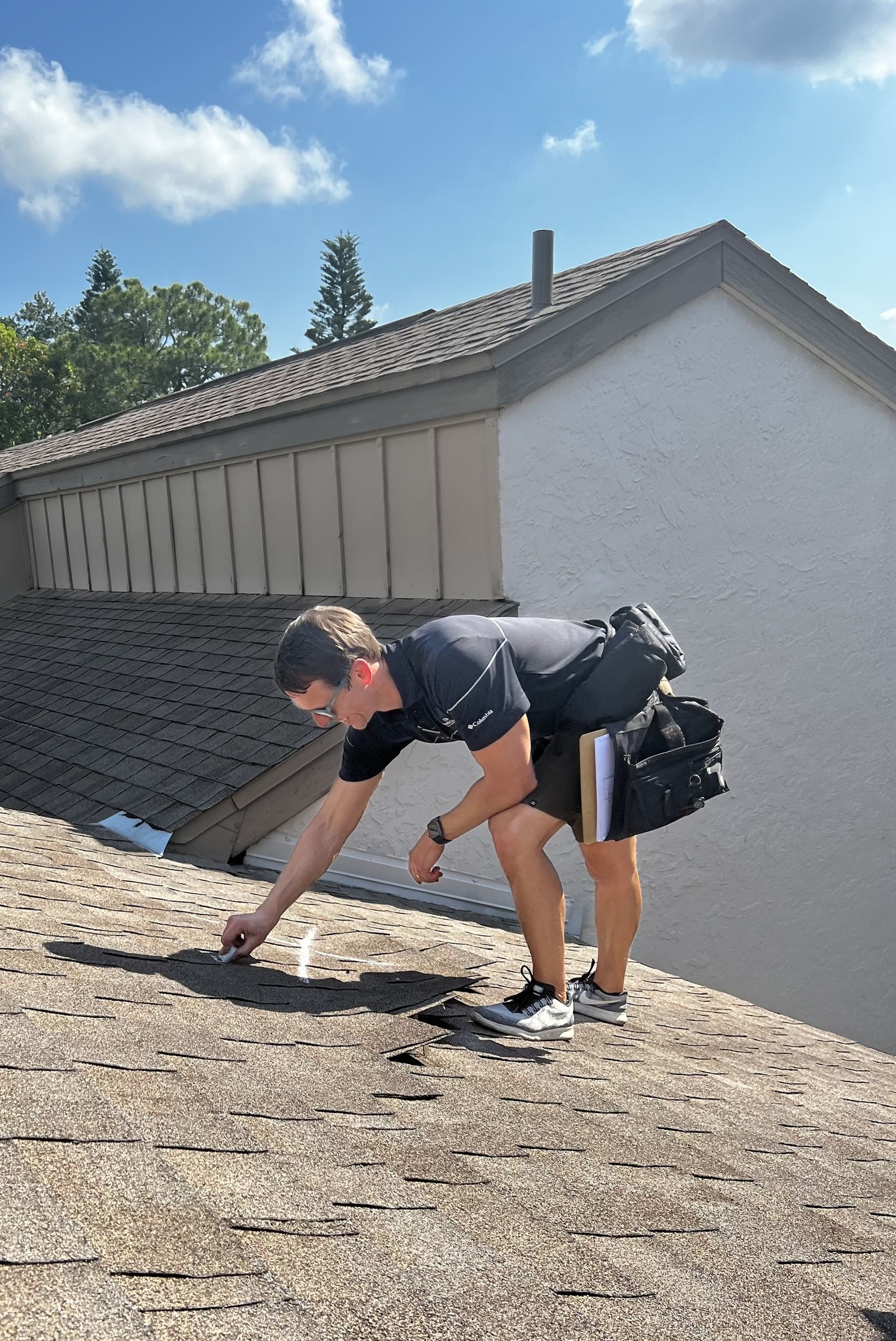What Are The Different Types Of Commercial Roofs?

Choosing the right roofing system is crucial for the integrity and efficiency of a commercial building. The array of commercial roof types offers various benefits tailored to different building needs, climates, and budgets. For anyone in building inspection and construction, understanding these differences is fundamental. Let’s break down the popular commercial roof types and their unique characteristics:
- Built-Up Roofing (BUR)
Often referred to as “tar and gravel” roofs, Built-Up Roofing systems have been used in the United States for over a century. These roofs are composed of alternating layers of bitumen (asphalt or coal tar) and reinforcing fabrics topped with a layer of aggregate. BURs are known for their durability, with lifespans often exceeding 20 years.
- Single-Ply Membrane
Single-ply membranes are flexible sheets of compounded synthetic materials. The two primary types are Thermosets (such as EPDM) and Thermoplastics (like TPO and PVC). These roofing systems are durable, with resistance to UV radiation being one of their main benefits. They’re lightweight and can be installed in various ways, including being fully adhered or mechanically attached.
- Metal Roofing
One of the oldest commercial roof types, metal roofing, has seen a resurgence thanks to modern advancements. Materials can range from galvanized steel to aluminum and copper. These roofs are known for their durability, fire resistance, and reflective properties, making them energy-efficient. However, they require periodic maintenance to prevent rust and corrosion.
- Modified Bitumen Roofing
A relative of BUR, Modified Bitumen Roofing incorporates layers of bitumen with reinforcing fabrics. However, these systems typically have fewer layers and incorporate modern materials like fiberglass and polyester. This type offers improved flexibility, especially in colder climates, and is often applied using heat to ensure a seamless, watertight seal.
- Green Roofing
Gaining popularity in urban areas, green roofs are not just about the structure—they’re living entities. These roofs are covered with soil and vegetation, offering a range of benefits, including insulation, stormwater management, and improved air quality. They also provide aesthetic appeal and can even serve as recreational spaces.
- Spray Polyurethane Foam (SPF) Roofing
When sprayed onto a roof, SPF transitions from a liquid to a foam, forming a sturdy layer. This roofing technique boasts superior insulation qualities and provides a robust waterproof barrier. Its light nature allows for application across diverse roofing systems, making it an adaptable solution for both fresh builds and renovation projects.
- Shingle Roofing
While more common in residential structures, shingle roofing is also used in some commercial applications, especially on steep-slope roofs. Shingles can be made from various materials, including wood, metal, plastic, and ceramic. They come in various styles and colors, allowing for architectural flexibility.
- Solar Roofing
With the push for renewable energy and sustainability, solar roofs are becoming popular for commercial structures. These roofs incorporate solar panels as an overlay on an existing roofing system or as part of the roofing material itself. They help buildings generate electricity, reducing energy costs and environmental impact.
Roofing Systems are Important
The vast world of commercial roof types offers solutions tailored to different needs, aesthetics, and environmental considerations. As you venture deeper into building construction, having a thorough understanding of these roofing systems will ensure that you make informed decisions, whether selecting a roof for a new project or assessing the integrity of an existing one. After all, the roof is a building’s first line of defense against the elements, and choosing the right one is paramount to its longevity and efficiency.
